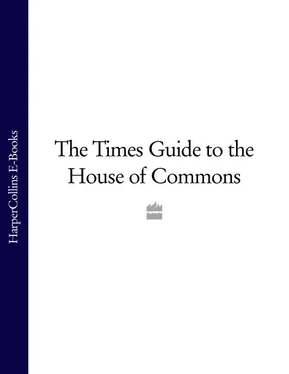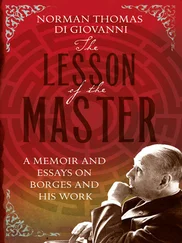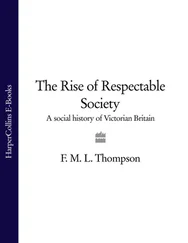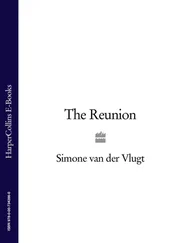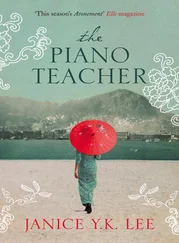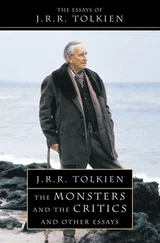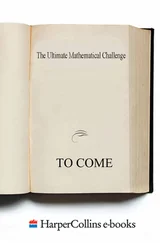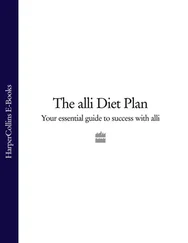The 2010 election allowed Labour to present itself as more in tune than the SNP with Scots’ wishes on the constitution while exploiting to the full Scots voters’ fears about a Conservative government returning to the worst days of Thatcherism. Many found the latter tactic somewhat childish and disreputable, but there is no doubt that it worked. The key trend in the general election results of 2010 was that voters throughout Scotland voted for the party in their constituency most likely to keep the Tories out. Labour was the main beneficiary, returning 41 MPs, while the Lib Dems retained 11, the SNP repeated their 2005 performance with 6 MPs and the Tories returned a paltry 1, showing that whatever else, David Cameron was still regarded with suspicion north of the Border. But Labour, for the first time since devolution, found itself in opposition on both sides of the Border.
Northern Ireland comes back from the brink
David Sharrock
Ireland Correspondent
It was the parliamentary term in which the Northern Ireland peace process was finally completed, a time of extraordinary events that few could have imagined even five years earlier. The defining image must be that of the Rev Ian Paisley, the old warhorse of No Surrender Unionism, and Martin McGuinness, the former “Public Enemy No 1” in his role as Provisional IRA commander, laughing uproariously together in the company of Tony Blair, the Prime Minister, and his Irish counterpart, Bertie Ahern. And yet there should be no surprise that, this being Northern Ireland, the conclusion of the peace process does not mean the end of the Troubles nor the threat from violent Irish republicanism to the security of the State. A page was turned in the history of Britain’s involvement with Ireland but the story was left far from over.
The backdrop was the usurpation of the Ulster Unionist Party, since the founding of the Northern Ireland state its “ruling party”, by its rivals the Democratic Unionists in the 2005 general election. As disaffection with the outworking of the 1998 Good Friday Agreement and the dysfunctional power-sharing Executive led by David Trimble, the First Minister, reached new heights among Unionists, a sea change in voting patterns swept away the ancien régime , rewarding the DUP with nine Westminster seats and reducing the UUP to just one, North Down, held by Sylvia Hermon.
Mr Paisley’s party promised an end to “pushover Unionism” and the experiment of sharing power with Sinn Féin, the political wing of the Provisional IRA. Yet even before the 2005 anointment of the DUP as the new voice of Northern Ireland’s majority community, there were sufficient straws in the wind for Mr Blair’s advisers to form the view that the real endgame in Ulster was to bring together the political extremes, abandoning the centre ground shared by the UUP and the SDLP, to create a new political status quo.
Indeed, Mr Blair’s delayed departure from No 10 had much to do with the Prime Minister’s determination to see his project reaching some definable goal, nearly a decade after the euphoria of the Good Friday Agreement. He courted Mr Paisley assiduously with a near-perfect reading of the psychology of Ulster’s “Dr No”. By now in his 80s and with a terrifying brush with mortality a recent memory, Mr Paisley was conscious that his political career was drawing to a close. He wanted, and was encouraged by Mr Blair in this with lengthy intimate chats about religion, to leave behind a legacy that subverted all the beliefs of his admirers and enemies.
At the same time Mr Blair’s wingman in Ulster, the Northern Ireland Secretary Peter Hain, was given the job of playing Bad Cop to the PM’s Good Cop. Mr Hain threatened the DUP with dire warnings that, if it failed to respond to the political progress that Sinn Féin was making, the British and Irish Governments would implement a Plan B – a far deeper green shade of Direct Rule for Northern Ireland bordering on joint sovereignty shared between London and Dublin.
Sinn Féin was suffering some game-changing setbacks. The manner in which Mr Blair had indulged Republican leaders for so long over the Provisional IRA’s failure to decommission its vast arsenal of weaponry no longer impressed Washington, which began to threaten Gerry Adams’s frequent trips to the United States with visa withdrawals. The Provisionals’ murder of Robert McCartney, a working-class Roman Catholic from a strongly Republican Belfast district, in addition to the £26.5 million cash raid from the Northern Bank – at the time the largest robbery in UK criminal history – set an ominous new tone. Sinn Féin was in a corner and only the winding up of its military wing would extricate the party.
With time running out for Mr Blair, the scene was set for a final attempt at resolution with one more round of negotiations at a venue away from the pressures and distractions of Belfast. In October 2006 the parties and British and Irish leaders convened at St Andrews. Even the choice of a Scottish location played to Mr Paisley’s Ulster-Scots roots. The DUP leader was said to be more enthusiastic than some of his party officers on signing a new international treaty between two sovereign governments that Mr Paisley would argue was an improvement on the 1998 Belfast Agreement.
The St Andrews Agreement contained more inducements for Mr Paisley than it did for Mr Adams and Sinn Féin, but the republicans also knew that they had fewer cards to play. Just as with Mr Blair, Sinn Féin’s investment in years of developing a political strategy to achieve Irish unity without resort to violence now depended on the man who had made a career out of wrecking every attempt to reach an accommodation with nationalism. Sinn Féin agreed not only to recognise but to support the forces of law and order in the guise of the Police Service of Northern Ireland, a reformed Royal Ulster Constabulary shorn of its name and emblems, in return for the DUP’s agreement to share power at Stormont. This was the moment when the sacred cow of the legitimacy of the Provisional IRA, a construct of the Irish liberation movement dating back to 1919, was finally dispatched. The following summer the Provos would quietly announce that they had formally ended their campaign to force Britain out of Ireland.
Symbolically this was a significant victory for Mr Paisley and the DUP, but it was still proving to be a hard sell to his grassroots, for so long weaned on the rhetoric of smashing Sinn Féin and republicanism. Mr Paisley demanded and got another Northern Ireland Assembly election, the tenth time that Northern Ireland had been called to the polls since 1998, to test his mandate for going into government with his former sworn enemies.
The March 2007 election rewarded the DUP with 36 seats in the 108-seat Assembly, reinforcing its primacy. The UUP managed only half that number and Sinn Féin also pulled away from the SDLP, taking 28 seats. On May 8, Mr Paisley was formally sworn in as First Minister. “If anyone had told me that I would be standing here today to take this office, I would have been totally unbelieving,” he said. Mr Blair and the Provisional IRA’s ruling Army Council, separated by just a few seats, watched from the Stormont gallery. Mr McGuinness took the oath as Deputy First Minister. Mr Blair left office with his peace project prize.
The “Chuckle Brothers” era was golden but brief, a honeymoon period in which the two former enemies laughed in public at one another’s jokes even though Mr Paisley still refused to shake Mr McGuinness’s hand. The former’s fortunes soon waned. Having been schmoozed by the Establishment he had for so long spurned, even his wife Eileen was now a member of the House of Lords, he was rejected by the very Church he founded. Free Presbyterian elders forced him to stand down as Moderator over his decision to share power with “unreformed terrorists”.
Читать дальше
